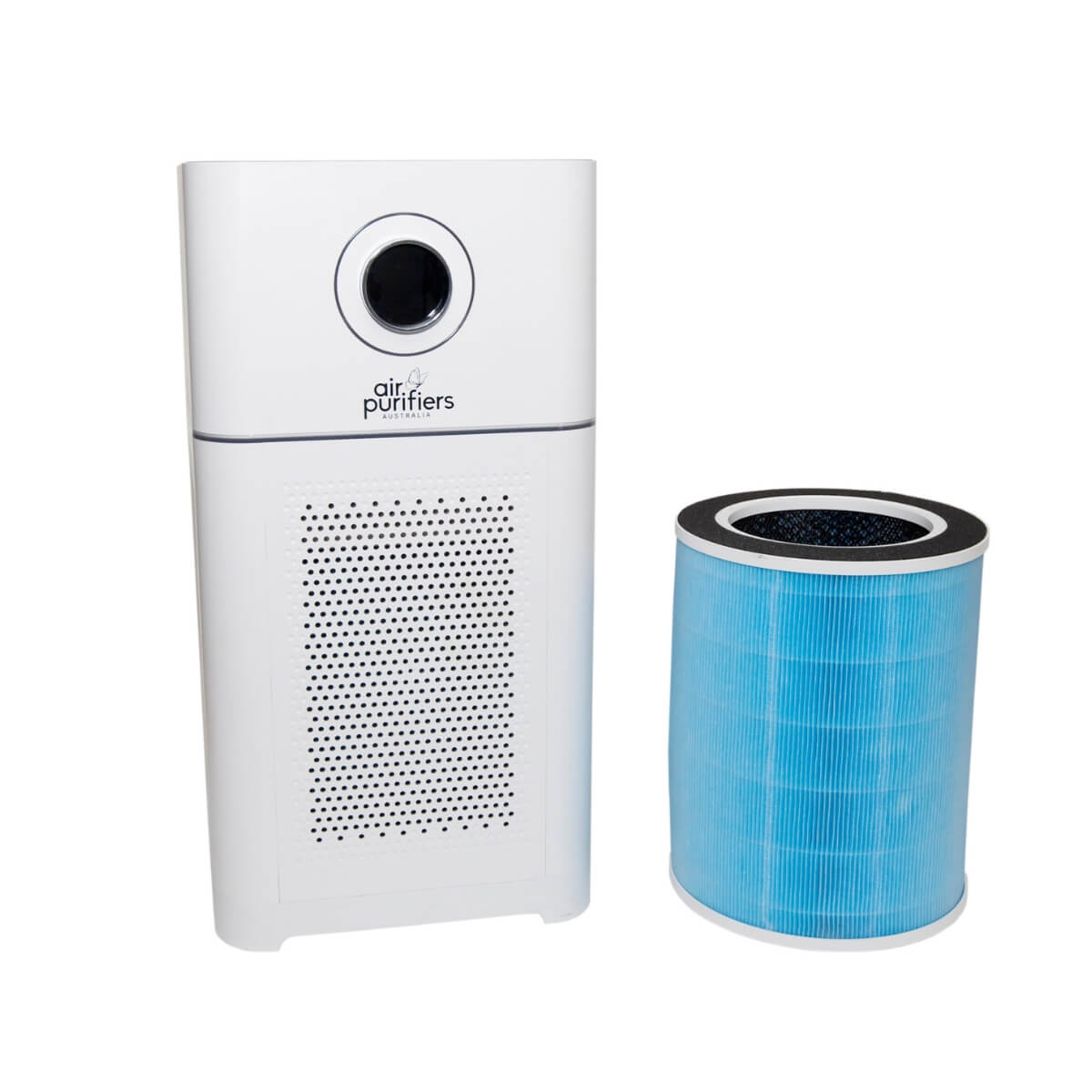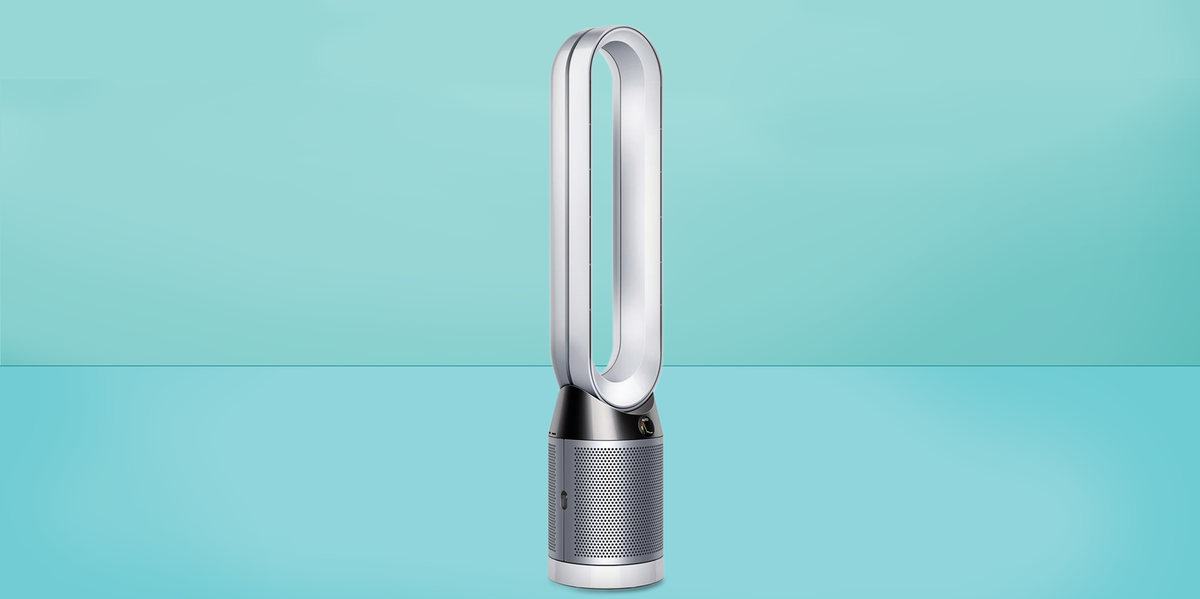Featured
Table of Contents
- – Recognizing Mold And Mildew and Its Wellness ...
- – Can Air Purifiers Help Minimize Mold And Mildew?
- – The Scientific Research Behind Air Purifiers ...
- – Are Air Purifiers Right for You When Fighting...
- – A Multi-Pronged Strategy to Overcoming Mold A...
- – Living Mold-Free: Beyond Air Purifiers
- – When to Hire the Professionals
- – Conclusion: A Breath of Fresh Air and a Mold-...

Mold and mildew development in your house can be a real issue. Not only does it create unattractive black patches and musty smells, but it can also cause allergic reaction signs and breathing troubles. Air cleansers are often recommended as a remedy, encouraging cleaner air and reduced direct exposure to mold spores. Are air cleansers genuinely worth it in the battle versus mold and mildew? This thorough guide discovers the scientific research behind mold and mildew, the function of air purifiers, and the factors to think about when deciding.
Recognizing Mold And Mildew and Its Wellness Impacts
Before diving right into air purifiers, let's shed light on mold and its potential health dangers:
- Mold Essential: Mold is a fungus that prospers in moist atmospheres. It replicates by launching spores into the air, which can be inhaled and trigger numerous health issue.
- Wellness Problems: Direct exposure to mold spores can cause allergy signs and symptoms like sneezing, coughing, scratchy eyes, and a dripping nose. Sometimes, mold direct exposure can additionally bring about breathing infections and aggravate existing breathing conditions like asthma.
- Mold And Mildew Does Not Discriminate: While some people are more conscious mold than others, any person can experience illness from prolonged exposure.
Can Air Purifiers Help Minimize Mold And Mildew?
Air purifiers can contribute in handling mold, however it is essential to understand their constraints:

- Trapping Spores: Air cleansers with HEPA filters can successfully record mold spores distributing in the air. This can help in reducing exposure and potentially reduce allergy symptoms.
- Minimal Influence On Source: Air purifiers don't get rid of the source of the mold and mildew problem. Mold removal is crucial to resolve the origin and stop additional development.
- Wetness Control is Secret: Mold and mildew thrives in damp atmospheres. Air cleansers don't resolve dampness issues. Without attending to the underlying dampness problem, mold will likely return.
The Scientific Research Behind Air Purifiers and Mold And Mildew
While air purifiers can't remove mold and mildew itself, some research recommends they can be a valuable device in managing mold and mildew direct exposure:
- A 2012 research published in the journal "Structure and Atmosphere" discovered that air cleansers with HEPA filters dramatically minimized air-borne mold and mildew spore concentrations in an examination setting.
- A 2015 testimonial released in the journal "Current Allergy and Bronchial asthma Reports" concluded that air cleansers, together with other mold and mildew removal strategies, can be useful in reducing mold-related signs and symptoms in allergic people.
Nevertheless, it is very important to note some limitations:
- HEPA Filter Effectiveness: HEPA filters are not 100% reliable at catching all mold and mildew spores, especially very little ones.
- Filter Maintenance: On a regular basis replacing HEPA filters according to the producer's directions is vital for keeping optimal efficiency. Clogged up filters shed effectiveness.
Are Air Purifiers Right for You When Fighting Mold and mildew? Factors to Consider
Here are some key aspects to consider when choosing if an air purifier is worth it for your mold situation:
- Seriousness of Mold And Mildew Development: For small mold patches, addressing the dampness resource and removing the mold and mildew may be sufficient. Air cleansers may be less crucial. For comprehensive mold and mildew development, an air purifier can be a useful enhancement to your remediation method.
- Health Concerns: If you experience allergic reaction signs or respiratory system troubles believed to be mold-related, an air purifier can offer some relief and enhance indoor air top quality.
- Addressing the Resource: Remember, air cleansers are not a substitute for correct mold and mildew remediation. Determining and attending to the resource of moisture that's triggering the mold development is necessary for a long-lasting remedy.
A Multi-Pronged Strategy to Overcoming Mold And Mildew
While air purifiers can be a valuable device, an extensive approach is crucial to winning the battle versus mold:
- Dampness Control: One of the most critical action is to recognize and deal with the resource of wetness that's enabling mold to grow. This could entail dealing with leaking pipes, enhancing air flow in restrooms and kitchen areas, or addressing condensation problems.
- Mold and mildew Removal: Professionals advise expert mold remediation for extensive mold and mildew development. They have the know-how and tools to safely get rid of mold and stop more spread. For tiny mold and mildew spots, you may be able to manage removal yourself, adhering to safety guidelines.
- HEPA-Filtered Vacuuming: After mold and mildew removal, HEPA-filtered vacuuming can aid remove continuing to be mold and mildew spores from surface areas.
- Air Purifier Integration: Once the resource of the mold is dealt with and the mold and mildew itself is removed, an air purifier can be a useful tool to capture continuing to be air-borne spores and boost indoor air high quality.
Living Mold-Free: Beyond Air Purifiers
Below are some extra pointers to advertise a mold-free environment:
- Maintain Low Indoor Moisture: Aim for a moisture degree in between 30% and 50% using a dehumidifier in moist climates. This helps protect against mold and mildew development.
- Rise Air Flow: Improve air circulation in your house by opening windows frequently and using exhaust fans in shower rooms and kitchens.
- Clean and Dry Damp Surfaces: Quickly clean and completely dry any damp surfaces, such as spills or condensation, to avoid mold and mildew from settling.
- Frequently Inspect Prone Areas: Pay interest to areas susceptible to mold and mildew growth, like washrooms, cellars, and attic rooms. Consistently check for indications of mold and mildew and address moisture problems without delay.
- Think About Mold-Resistant Products: When refurbishing or replacing building materials, think about making use of mold-resistant choices, especially in moisture-prone locations.
When to Hire the Professionals
While some mold removal jobs can be dealt with on your own for small mold spots, there are circumstances where specialist assistance is crucial:
- Extensive Mold And Mildew Growth: If you find a large location of mold growth, especially if it covers greater than 10 square feet, it's finest to hire a professional mold removal firm. They have the competence and tools to securely eliminate the mold and mildew and avoid additional spread.
- Wellness Problems: If you or your relative experience persistent respiratory issues or allergic reaction signs suspected to be mold-related, getting in touch with a medical care expert and a mold remediation expert is advised.
- Surprise Mold and mildew: If you think mold development behind walls or in crawlspaces, expert help is needed to locate and eliminate the mold safely and effectively.
Conclusion: A Breath of Fresh Air and a Mold-Free Home
Mold and mildew development in your home can be a worrying problem, yet with the right technique, you can win the battle and develop a healthier living atmosphere. While air cleansers can be a handy device in handling mold exposure, remember they are not a standalone remedy. By resolving the resource of dampness, carrying out correct mold and mildew remediation methods, and integrating preventative steps, you can breathe less complicated in a mold-free home.
Extra Factors To Consider:
- Air Top Quality Screening: For severe mold and mildew issues or if you have health worries, take into consideration specialist air quality testing to assess mold and mildew spore degrees and guide your removal initiatives.
- Long-Term Surveillance: After successful mold and mildew remediation, it's smart to check your home for indications of reappearance, particularly in locations formerly prone to mold development.
By taking an aggressive approach and combining these methods, you can develop a healthy and mold-free environment on your own and your household.
Table of Contents
- – Recognizing Mold And Mildew and Its Wellness ...
- – Can Air Purifiers Help Minimize Mold And Mildew?
- – The Scientific Research Behind Air Purifiers ...
- – Are Air Purifiers Right for You When Fighting...
- – A Multi-Pronged Strategy to Overcoming Mold A...
- – Living Mold-Free: Beyond Air Purifiers
- – When to Hire the Professionals
- – Conclusion: A Breath of Fresh Air and a Mold-...
Latest Posts
About Can Your Yeti Rambler Handle The Dishwasher's Heat?
Are Air Purifiers Well Worth It for Allergies? Breathing Easier with Science-Backed Solutions
Excitement About Are Yeti Rambler Tumblers Built For Dishwasher Durability?
More
Latest Posts
About Can Your Yeti Rambler Handle The Dishwasher's Heat?
Are Air Purifiers Well Worth It for Allergies? Breathing Easier with Science-Backed Solutions
Excitement About Are Yeti Rambler Tumblers Built For Dishwasher Durability?